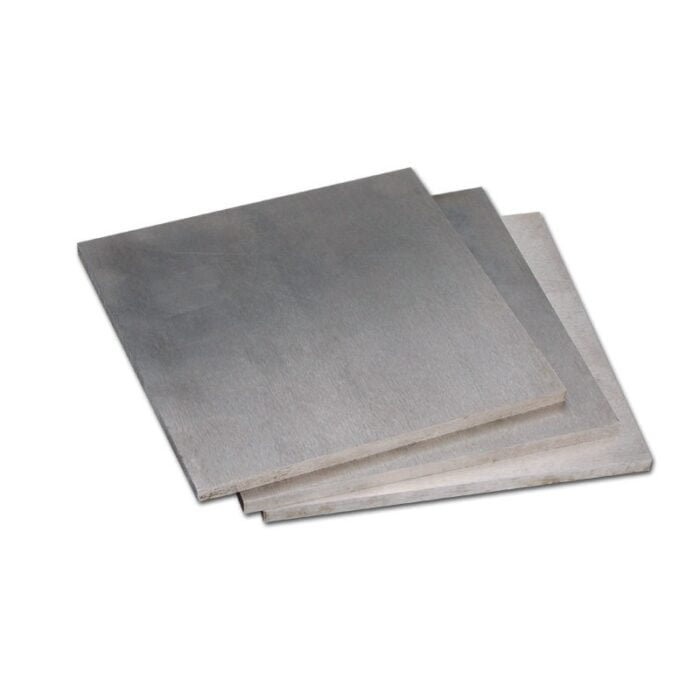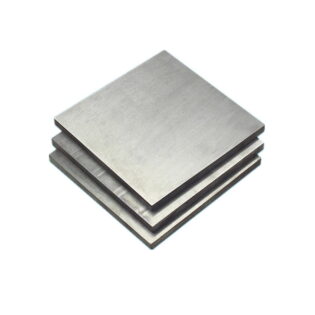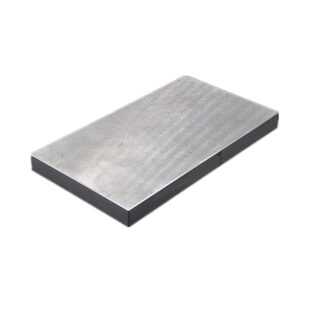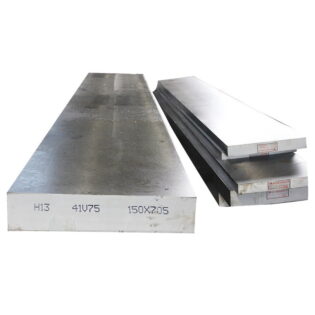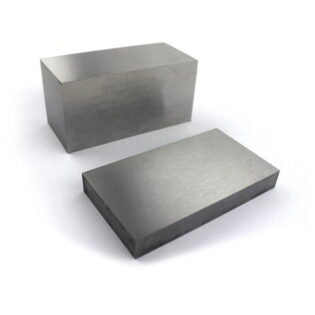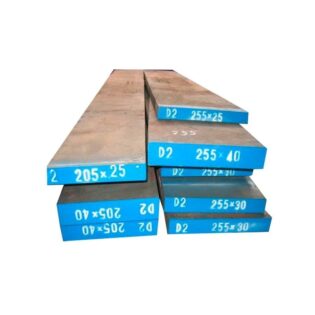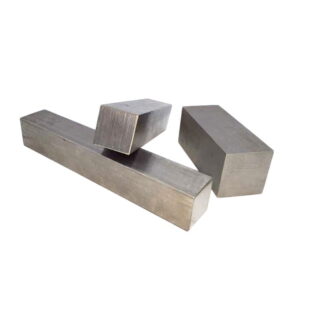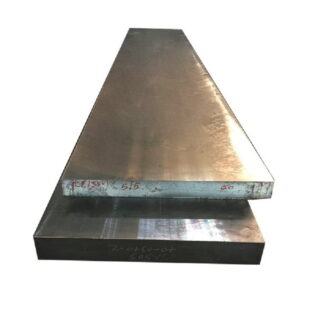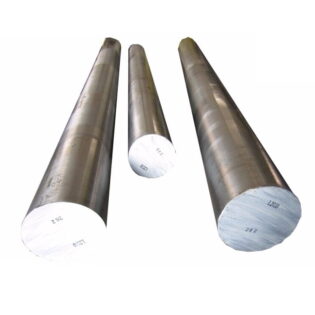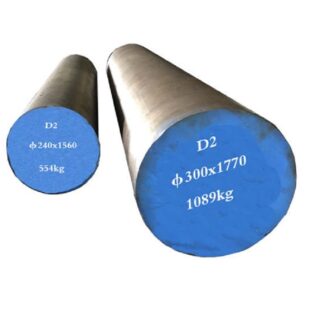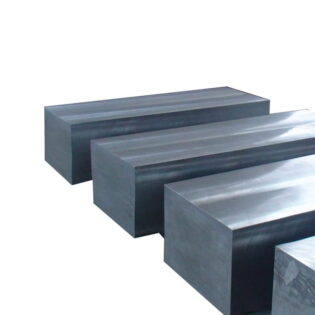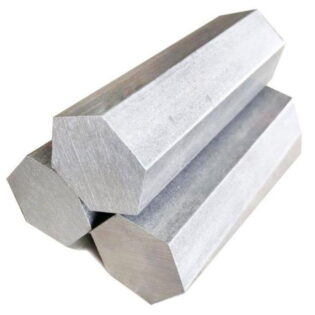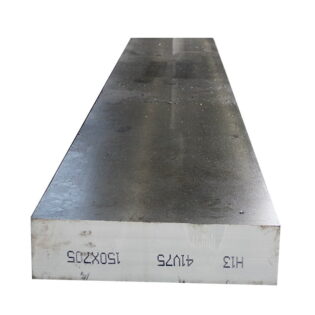SKD11 Tool Steel Desctiption
Lion Metal has been a professional supplier of SKD11 cold working tool steels for over 20 years.
We supply AISI/ASTM cold working SKD11 tool steel and alloy steel materials with reliable quality and attractive price.We have a good understanding of the chemical composition and properties of SKD11 tool steels.
Cold Works SKD11 tool steels are high carbon, high chromium (12% chromium) tool steels with extremely high wear resistance that can be heat treated up to 60-62 RC.SDK11 steel is very wear-resistant, but not as strong as low alloy steel.
SKD11 tool steels harden in air with a lower motion sequence and provide a measure of corrosion resistance when polished.The high chromium content gives it slight corrosion resistance under hardening conditions.The mechanical properties of SKD11 are very sensitive to heat treatment.
SKD11 steels can be used in carbohydrate-free round, flat and square shapes, as well as ground flat steel and drill pipe.
SKD11 Tool Steel Introduce
SKD11 is a general cold work die steel with high wear resistance and toughness, high carbon and high chromium alloy tool steel and vacuum degasing refined steel. The steel is pure and has good hardenability and small quenching deformation.
After spheroidizing annealing and softening treatment, the steel has good machinability and fine and uniform carbide particles.
The special addition of the strengthening element molybdenum vanadium does not need to worry about quenching cracking.
Grade: SKD11
Properties: Japanese tool steels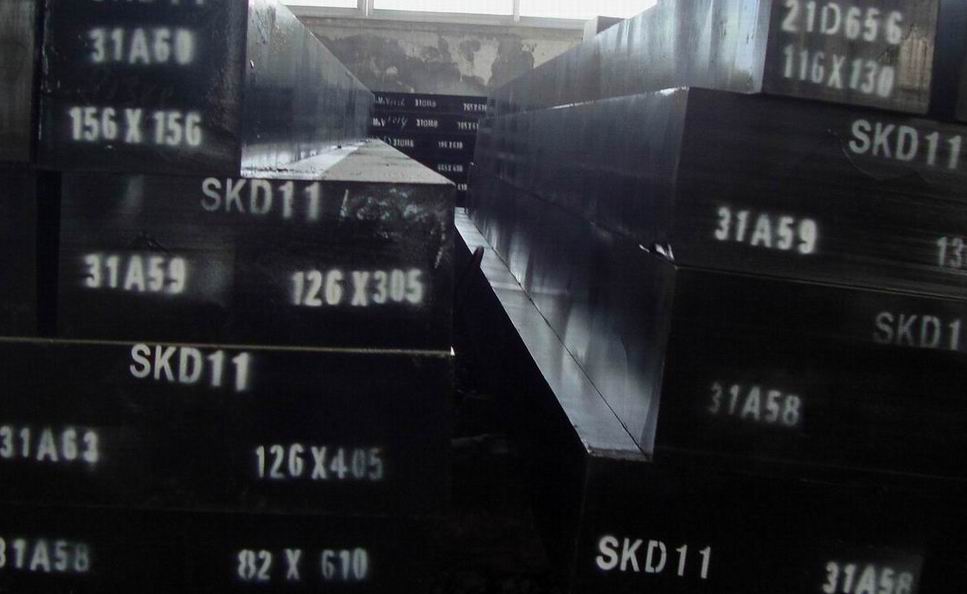
SKD11 die steel is produced by Hitachi and Daido steelworks. The product of Hitachi SKD11 is called SLD(the latest improved version is called SLD-MAGIC), and the product of Daido steelworks is called DC11.
Both have factories in China, are among the best known in the industry, and are expensive.The steel is a kind of air cooled hardening die steel which is widely used in the world.
Smelting by electric furnace and electroslag resolution, high purity, better toughness, uniform structure, with good high temperature strength, toughness and high temperature fatigue resistance, can withstand sudden temperature change.
High hardness, high wear resistance eutectic carbide uniform, good toughness, not easy to crack, quenching hardness >62HRC. At 525°C, the nitriding treatment time is 20h/30h/60h, the depth of nitriding layer is 0.25mm/ 0.30mm / 0.35mm, and the surface hardness of parts is 1250HV. At 570°C, the nitriding treatment time is 2h, the depth of nitriding layer is 10~20μm, and the surface hardness of the parts is 950HV.
Chemical Component
| C(%) | 1.40~1.60 | Si(%) | ≤0.40 | Mn(%) | ≤0.60 |
| P(%) | ≤0.030 | S(%) | ≤0.030 | Cr(%) | 11.0~13.0 |
| Mo(%) | 0.80~1.20 | V(%) | 0.20~0.50 |
SKD11 Equivalent Tool Steel
| USA | Germany | China | Japan | France | England | Italy | ISO |
| ASTM/AISI/UNS/SAE | DIN,WNr | GB | JIS | AFNOR | BS | UNI | ISO |
| D2 / T30402 | 1.2379 / X155CrMoV12-1 | CR12MO1V1 / CR12MOV | SKD11 | X160CrMoV12 | BD2 |
Regular size and Tolerance of JIS SKD11 Cold Work Tool Steel
Round bar: Diameter Ø 5mm – 3000mm
Plate/ steel flat bar: Thickness 5mm – 3000mm x Width 100mm – 3500mm
Hexagonal bar: Hex 5mm – 105mm
Others EN3 steel have not specified size, pls contact our experienced sales team.
| |||
| Diameter(mm) | Diameter Tolerance(mm) | Diameter(mm) | Diameter Tolerance(mm) |
| 6.4~15.8 | -0.038~0.038 | 181~<206.2 | 0~1.6 |
| 15.8~<77.6 | 0~0.10 | 206.2~<257 | 0~2.4 |
| 77.6~<103 | 0~0.15 | 257~<307.7 | 0~3.2 |
| 103~<181 | 0~0.78 | ≥307.7 | 0~4.7 |
| |||
| Thickness(mm) | Thickness Tolerance(mm) | Thickness(mm) | Thickness Tolerance(mm) |
| ≤25.4 | -0.41~0.79 | >127~152 | -1.60~2.39 |
| >25.4~76 | -0.79~1.19 | >178~254 | -1.98~3.18 |
| >76~127 | -1.19~1.60 | >254~305 | -2.39~3.96 |
Properties
- high temperature strength and toughness, good wear resistance, easy cutting;
- SKD11 is a kind of cold die steel with high strength, toughness and heat balance. In recent years, with the development of isotropic products, it is increasingly developing to high toughness and other aspects. It can make the die life longer, performance more stable, and easy to process, heat treatment deformation is small.
SKD11 Advantages
- For vacuum degassing refining, so the internal quality is extremely clean.
- Good machinability.
- Good hardenability, air cooling can be hardened, no need to worry about quenching.
- The heat treatment deformation is very small, quenching deviation is very small, the most suitable for the mold with precision requirements.
- od toughness.
- Excellent wear resistance, most suitable for use as stainless steel or high hard material die.
- Good toughness.
Subzero Treatment
In order to obtain the highest hardness and dimensional stability, the mold is cooled from -70°C to -80°C immediately after quenching for 3-4 hours, and then tempered. The hardness of the tool or mold after cryogenic treatment is 1-3HRC higher than that of conventional heat treatment. For parts with complex shape and large size changes, cryogenic treatment has the risk of cracking.
Nitrogen Treatment
After nitriding, a layer of hardened tissue with high hardness and certain corrosion resistance is formed on the surface of the die or workpiece.
Nitriding treatment at 525°C
The surface hardness of the workpiece is about 1250HV, and the influence of nitriding time on the infiltration layer is shown in the table below. Nitriding time (h) 20 30 60 Nitriding depth mm 0.25 0.30 0.35
Soft nitriding treatment at 570°C
The surface hardness of the workpiece is about 950HV. Usually 2 hours of soft nitriding treatment, the depth of hardened layer can reach 10-20um. Grinding process die blank or work in low temperature tempering state, grinding is easy to produce grinding cracking. In order to prevent the crack, we should adopt small grinding feed for many times and add good water cooling conditions.
When the mold with complex shape or large size is processed by wire cutting, the cracking phenomenon is usually encountered.
In order to prevent cracking, it is suggested to adopt gas quenching and high temperature tempering to reduce heat treatment stress, or to carry out cavity preprocessing on mold embryo.
Heat Treatment
Quenching: preheat 700 ~ 750°C first, and then heat to 1000 ~ 1050°C for cooling in static air, such as steel thickness of more than 6 inches heated to 980 ~ 1030℃ for hardening in oil is better.
Tempering: Heating to 150 ~ 200°C, staying at this temperature, and then cooling in still air.
Hardness: HRC 61 or above.
Annealing: Heating to 800 ~ 850°C, staying at this temperature for 1 ~ 3 hours, cooling in the furnace.
Forging: 1050 ~ 950°C.
Specification for quenching and tempering
Quenching temperature 1010°C, air cooling. Tempering temperature 200°C, hardness 58~60HRC.
SKD11 Application
SKD11 in aluminum, zinc die casting mould material, the most widely used, the tungsten steel contain ingredients of advanced alloy steel, high temperature resistance suitable for hot-work, aluminum, magnesium, zinc, copper alloy die-casting die, cutting knife, scissors and hot forging, plastic mould, hot reamer, clippers, generally hot forging die, hot bolt modulus, heat between the various tools, etc.
Method of use
(1) Use under “quenching + tempering” condition
(2) Use under “quenching + cold treatment + tempering” condition (suitable for high precision and dimensional stability requirements)
(3) Use under “quenching + tempering + nitriding” condition (suitable for high surface hardness requirements)
When sawing and cutting, the blade speed should not be too fast. 25m/min is appropriate, and the sawing efficiency should be kept around 9cm2/min ~20cm2/min.
Typical applications
- Used for making plastic mold, scissors, circular saw knife, metal stamping die, forming roller
- Making cold or hot dressing die, drum edge, silk grain, wire die, transformer core punching die, cutting steel strip rolling knife, steel pipe forming drum, special forming drum, nail head die, etc.
- High-efficiency blanking die, punching die and embossing die for thin steel plate with thickness ≤6mm
- All kinds of scissors, embedded parts, screw mold.
- Cold heading mould, deep drawing mould, cold extrusion mould.
- Thermosetting resin type touch, general plastic mold.

